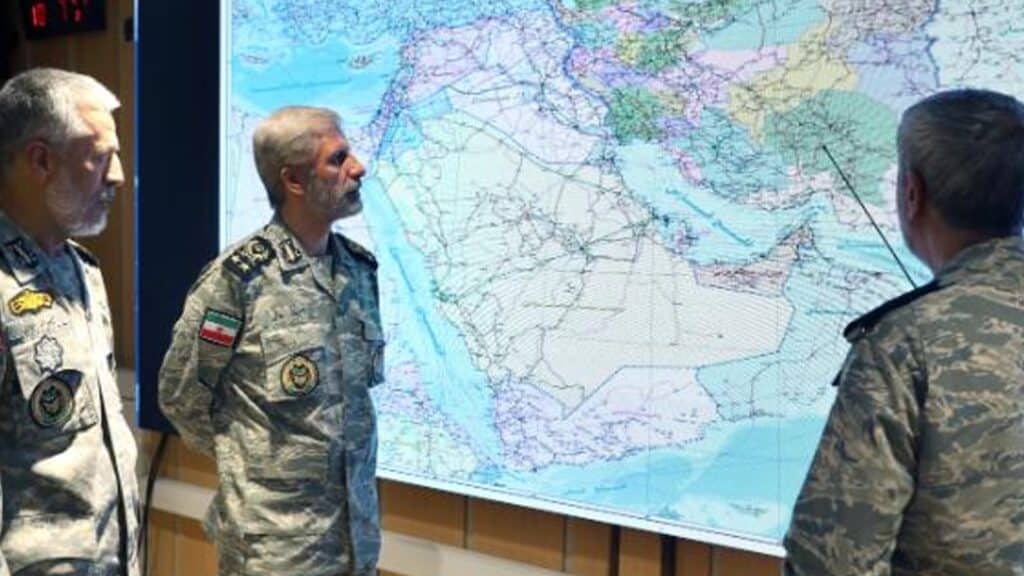Tehran & Jerusalem – Hours after Donald Trump announced a ceasefire between Iran and Israel, the fighting raged on. Israel launched strikes on Iran’s remaining missile sites and assassinated another nuclear scientist, while an Iranian missile pierced Israeli air defenses, killing four civilians. Iran denied any deal with the U.S. but indicated willingness to stop if Israel does.
The war has triggered a dramatic internal shift in Iran’s power structure. For the first time since 1979, military generals, particularly from the Islamic Revolutionary Guard Corps (IRGC), have overtaken the clerics in influence. With Supreme Leader Ayatollah Ali Khamenei, 86, in hiding during the conflict, decision-making reportedly fell to a new IRGC-dominated council.
This new generation of IRGC leaders is more aggressive and nationalistic. Veterans advocating strategic patience are gone, replaced by younger, hardline commanders seeking to restore Iran’s pride. The shift has unified Iran’s previously divided power centers, winning unexpected public support as nationalist sentiment surged amid Israeli strikes.
Though the ceasefire brought temporary calm, long-term peace remains uncertain. Many Iranians hope the reduced role of the clergy might ease domestic restrictions, and economic pragmatism from the IRGC could help lift Iran from isolation. However, suspicions toward diplomacy persist, especially after past Western betrayals, fueling resistance to nuclear negotiations.
Despite massive destruction, Iran shows no signs of abandoning its nuclear ambitions. Parliament is weighing withdrawal from the Nuclear Non-Proliferation Treaty. Enriched uranium may have been relocated. Gulf mediators warn: “They are going for a nuke. It’s disastrous.”
As generals solidify power, repression may intensify and hostilities could reignite. Trump’s ceasefire may have stopped the rockets—for now—but Iran’s strategic trajectory is shifting, and the road to lasting peace remains perilous.





